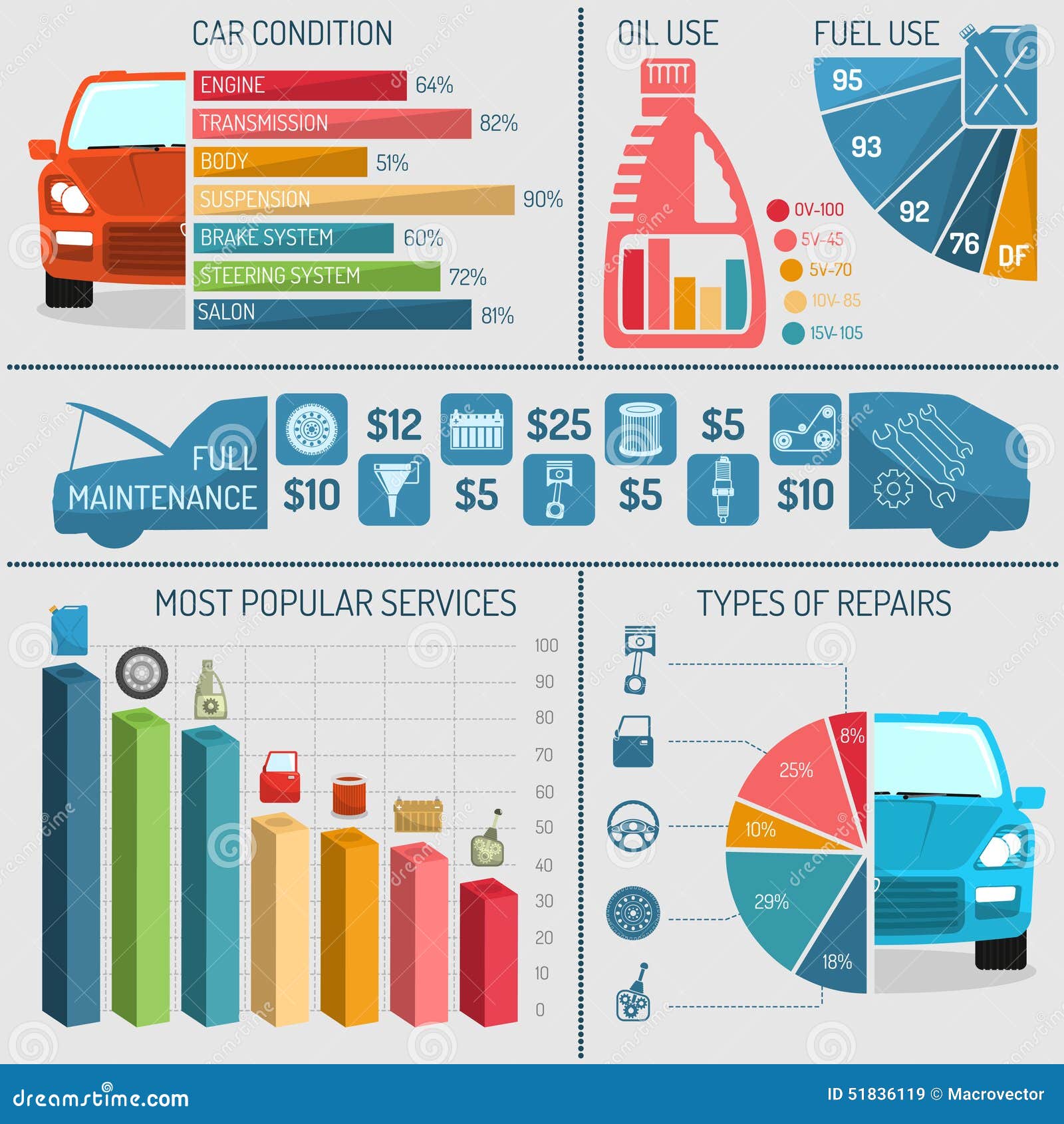Analyzing Your Car'S Alert Lighting: Their Real Effects
Analyzing Your Car'S Alert Lighting: Their Real Effects
Blog Article
Uploaded By-Faulkner Alvarado
When you lag the wheel, those beautiful warning lights on your dashboard can be a little bit bewildering. Do you know what they're trying to inform you about your cars and truck's wellness? Understanding the relevance of these lights is vital for your safety and security and the durability of your car. So, the next time among those lights appears, would not you intend to analyze its message properly and take the needed steps to address it?
Common Caution Lights and Interpretations
Determine typical caution lights in your cars and truck and recognize their definitions to make sure risk-free driving.
One of the most common warning lights include the check engine light, which signifies problems with the engine or exhausts system. If this light begins, it's vital to have your car examined promptly.
The oil stress alerting light shows low oil pressure, needing immediate interest to stop engine damages.
A blinking battery light might suggest a malfunctioning charging system, possibly leaving you stranded otherwise attended to.
The tire pressure monitoring system (TPMS) light signals you to reduced tire stress, impacting automobile security and gas effectiveness. Disregarding cardetailingmangere can lead to hazardous driving conditions.
The abdominal muscle light indicates a trouble with the anti-lock stopping system, endangering your ability to stop promptly in emergencies.
Last but not least, the coolant temperature cautioning light warns of engine getting too hot, which can result in extreme damages otherwise solved promptly.
Understanding these common warning lights will aid you resolve problems without delay and keep risk-free driving conditions.
Value of Prompt Interest
Comprehending the usual warning lights in your cars and truck is only the very first step; the importance of quickly resolving these cautions can not be emphasized enough to guarantee your safety on the road.
When a warning light illuminates on your dashboard, it's your automobile's means of connecting a prospective problem that needs interest. Neglecting read this can cause more extreme issues later on, compromising your safety and potentially costing you extra out of commission.
Trigger interest to warning lights can prevent breakdowns and crashes. For example, a flashing check engine light might show a misfire that, if left neglected, can create damages to the catalytic converter. Addressing this promptly can conserve you from an expensive fixing.
Likewise, a brake system cautioning light might signify reduced brake fluid or used brake pads, crucial components for your security when driving.
DIY Troubleshooting Tips
If you observe a caution light on your dashboard, there are a few do it yourself repairing suggestions you can try prior to seeking expert aid.
The very first step is to consult your automobile's manual to recognize what the certain warning light shows. Occasionally the issue can be as straightforward as a loose gas cap triggering the check engine light. Tightening up the gas cap may deal with the issue.
An additional common issue is a low battery, which can activate various advising lights. Examining the battery connections for corrosion and ensuring they're protected may deal with the trouble.
If a caution light persists, you can attempt resetting it by disconnecting the cars and truck's battery for a few minutes and then reconnecting it. In addition, inspecting your vehicle's liquid levels, such as oil, coolant, and brake liquid, can assist fix warning lights associated with these systems.
Conclusion
To conclude, understanding your automobile's warning lights is necessary for maintaining your lorry running smoothly and securely. By immediately addressing these informs and knowing what they indicate, you can stay clear of pricey fixings and potential failures.
Bear in mind to consult your car's handbook for certain information on each warning light and do something about it accordingly to ensure a trouble-free driving experience.
Keep notified, stay safe when traveling!
